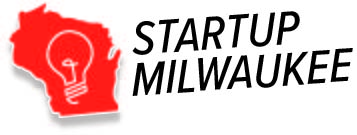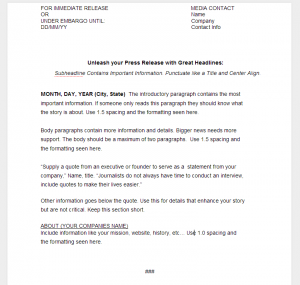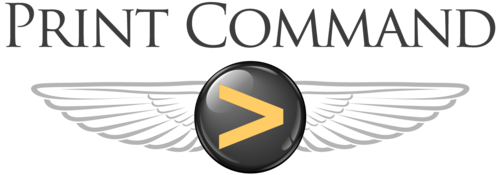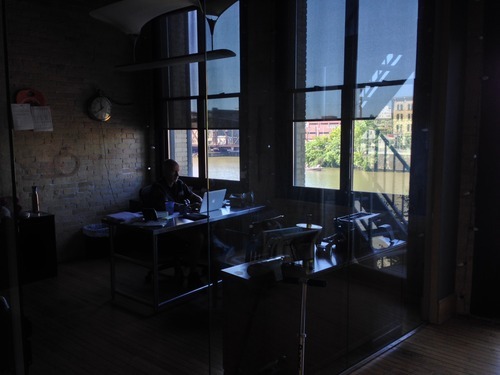Social media is a great marketing tool that startups can use to build a following and interact with potential customers. From Facebook to Twitter and over to Instagram and Foursquare, here are a couple of simple etiquette rules to follow for your social media use. 1: Social Media is a Conversation not a Megaphone.
The best way to use social media is to engage with your customers. The reason it is “social” is because it should be a two-way conversation not a megaphone. Make sure to provide useful information and respond to your followers with comments, likes, re-tweets, and posts. Build relationship online the same way you would in real life.
2: Keep Your Account Active.
Social media requires continuous updates and interactions. You need to keep your content fresh. This means posting new pictures, articles, or information at least a couple of time per week. If you have great content it is ok to repost it a few times, but make sure to leave ample time (a week of so) between re-posts of the same content.
3: Post Wisely
If you post too frequently and flood your followers with content they will quickly block everything you say. Make sure that you post enough to stay relevant but don’t post more that 3 or 5 times per day unless you are having direct interactions with your followers.
4: Posts Live Forever.
Make sure that everything you post is something you are comfortable showing your customers, boss, colleges, and friends for years to come. Even if a post is deleted it is likely that someone saw it and will remember what you said.
5: Visuals Rule.
The best social media posts are visual. Statistics are good, articles are better, and conversations trump both. However, people are visual creatures and you will get better response when you post images that your followers find useful and can understand.
About the Author
Steve Anderson is an entrepreneur who lives in Milwaukee, Wisconsin. Currently he is the Cofounder of Snapifeye. Steve has a masters degree from the Wisconsin School of Business and is a previous winner of Startup Weekend.















